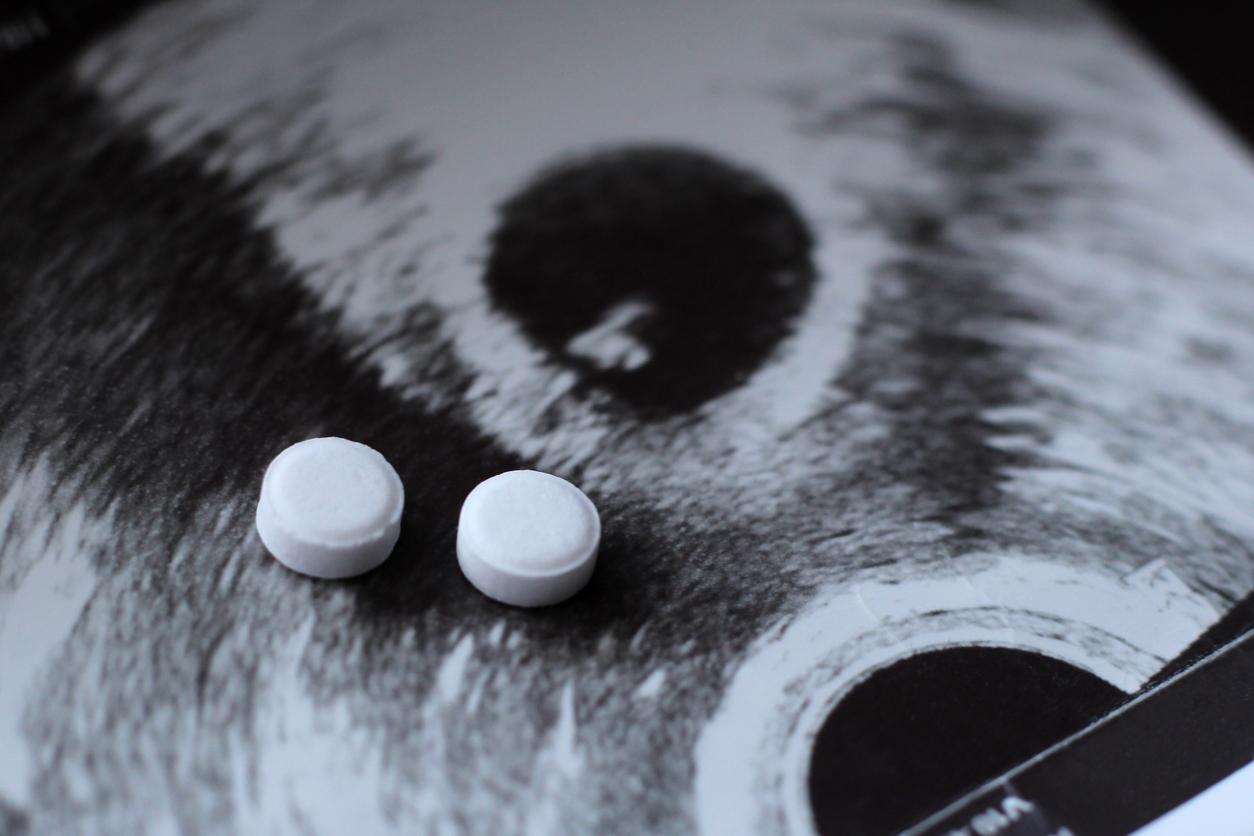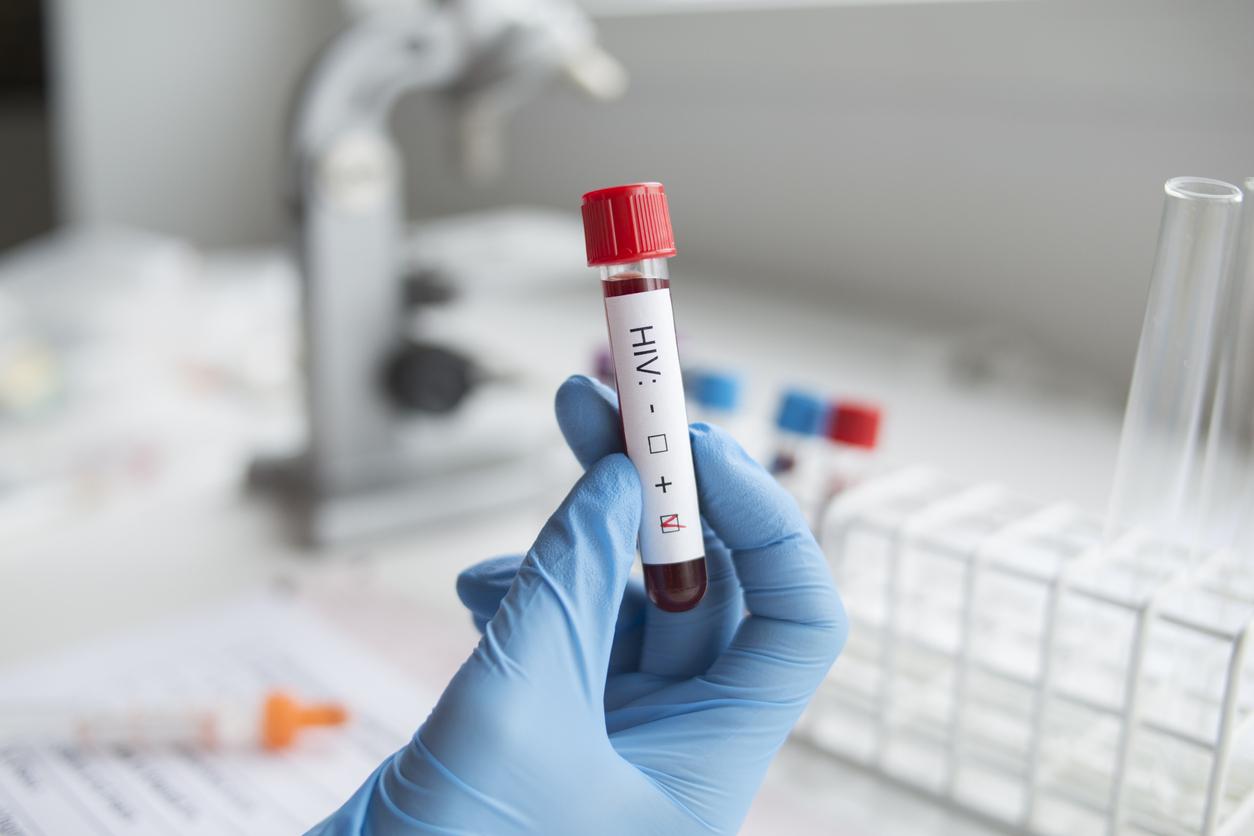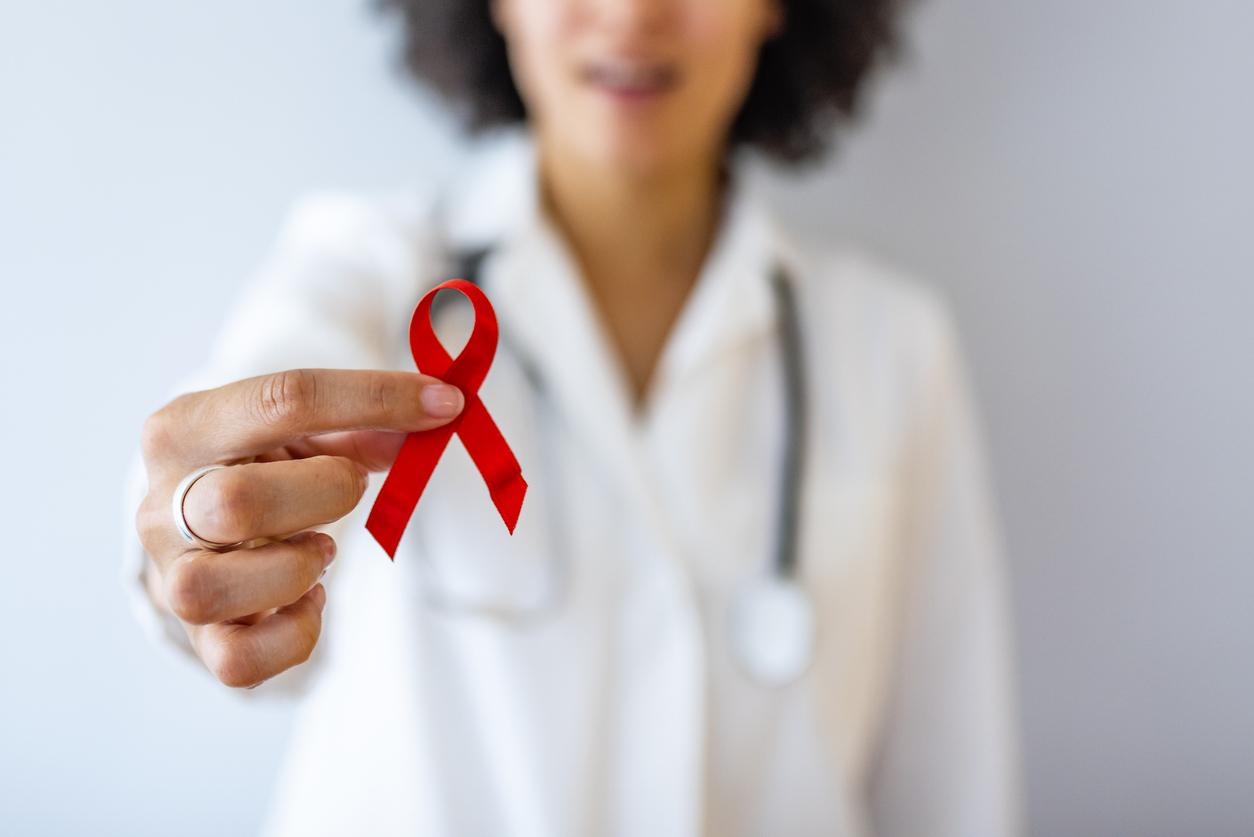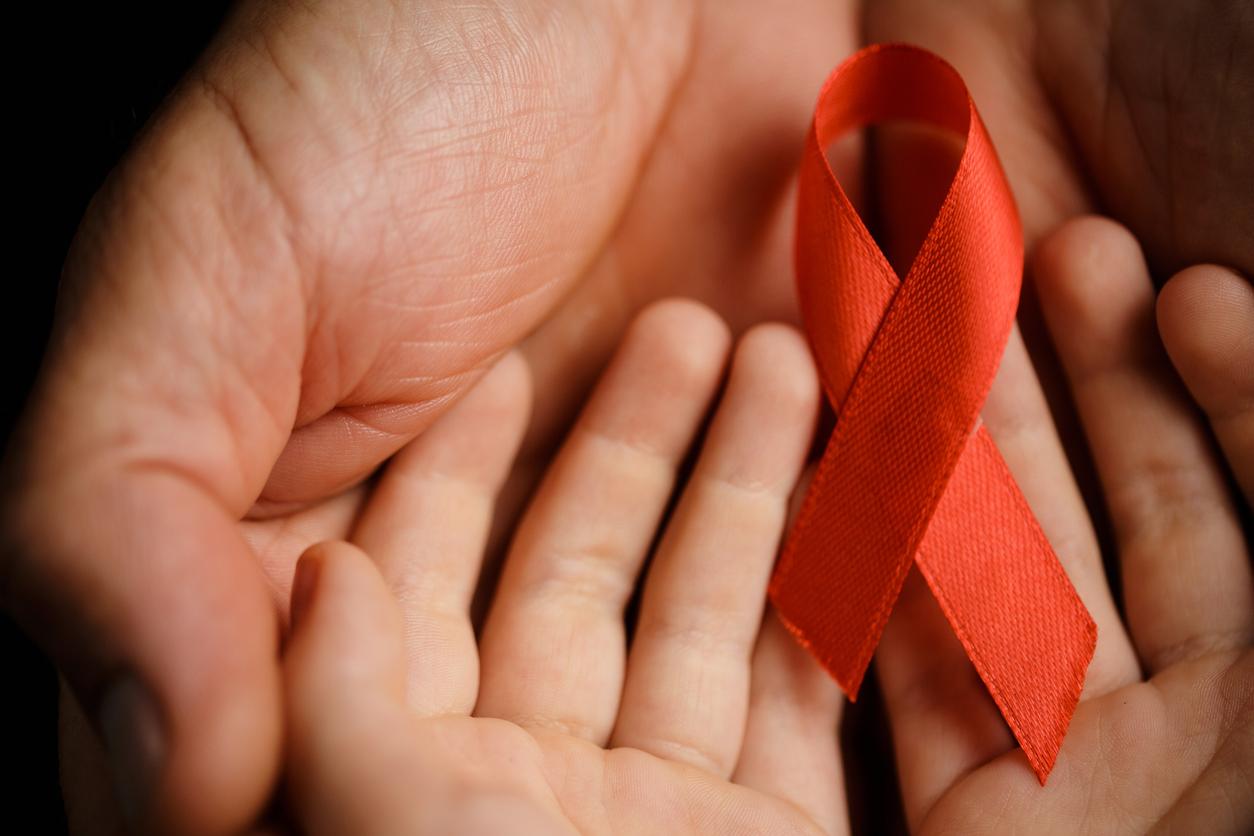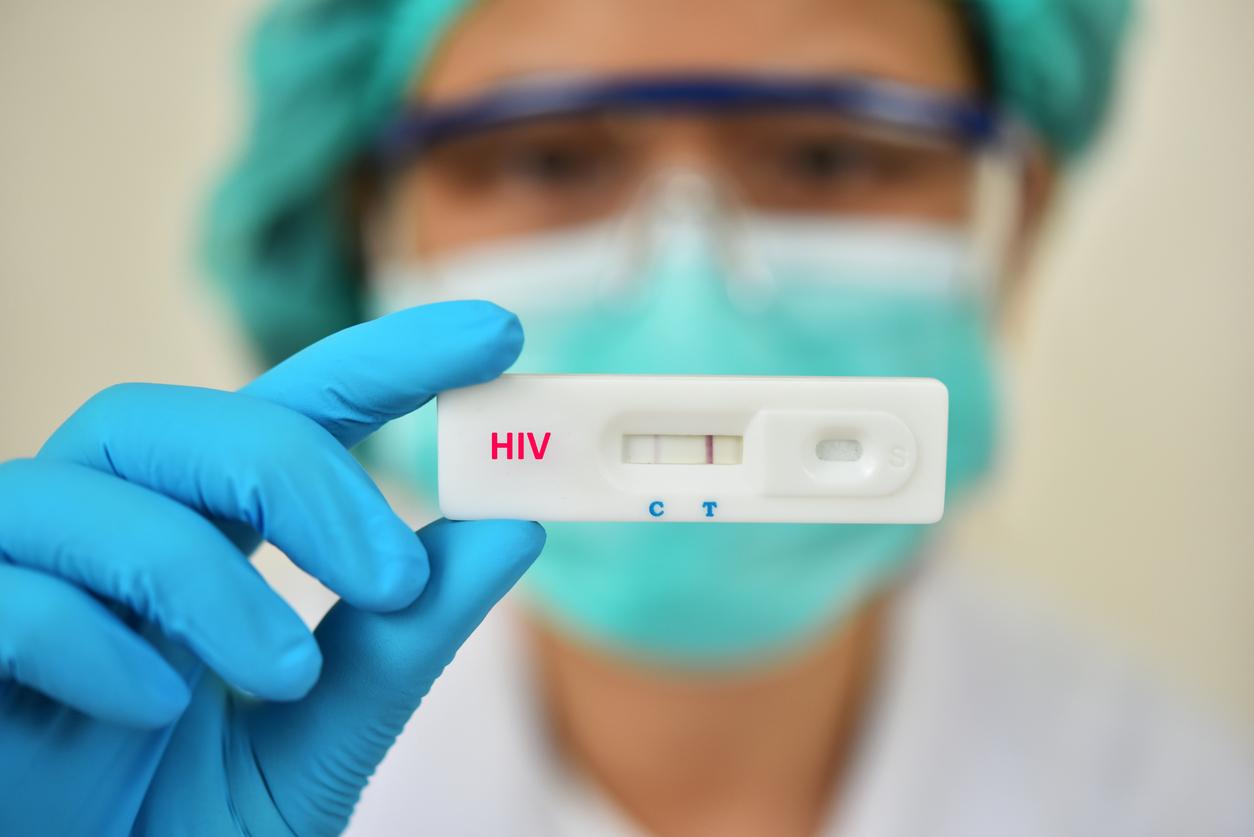One in two children affected by cancer in the world is not diagnosed and treated, injections in the brain could regenerate parts damaged by Parkinson’s disease and a new discovery has been made in the treatment of HIV. Here is the main news.

Cancer: one in two children in the world is neither diagnosed nor treated
In 2015 around the world, almost half of children affected by cancer were not diagnosed, and therefore did not receive any appropriate treatment. This is the alarming observation made by a new American study published in The Lancet Oncology. According to its lead author, Professor Zachary Ward of the Harvard TH Chan School of Public Health in Massachusetts, the statistics suggest up to 397,000 new cases of childhood cancer each year. However, the national registers only count 224,000. 45%, or 172,000 cases of childhood cancer would therefore escape any diagnosis. More information in our article.
Parkinson’s: treating the disease with injections into the brain
A treatment injected directly into the brain has been shown to effectively cure Parkinson’s disease, according to a new clinical trial. The dopaminergic neurons, which the neurological disease degrades, could be regenerated. Six patients initially participated in the pilot study to assess the safety of the therapeutic approach. A further 35 people with Parkinson’s disease then took part in a nine-month experiment, with half of them receiving either a placebo or the treatment. Conclusion: the area of the brain affected by the disease regenerated in all the patients who received the injections, while those on the placebo saw no improvement in their condition. To read more click here.
HIV: “tailor-made” proteins to help antibodies fight the virus
Have researchers just taken a new step in the development of an HIV vaccine? That’s what a new study by Penn State University suggests. In an article published in the journal NatureCommunications, its authors explain that they have succeeded, using computer modeling, in creating proteins capable of imitating the different surface characteristics of HIV by infiltrating its protective coating. Tested on rabbits, these proteins have enabled rodents to develop antibodies capable of binding to the AIDS virus to fight it better. We tell you more in our article.
.









